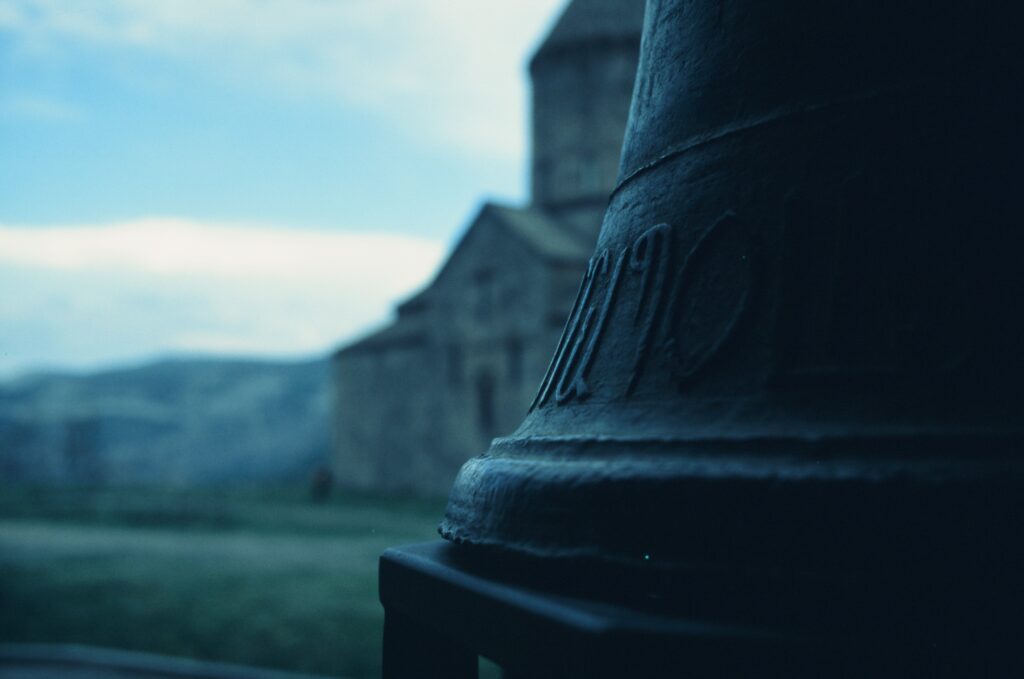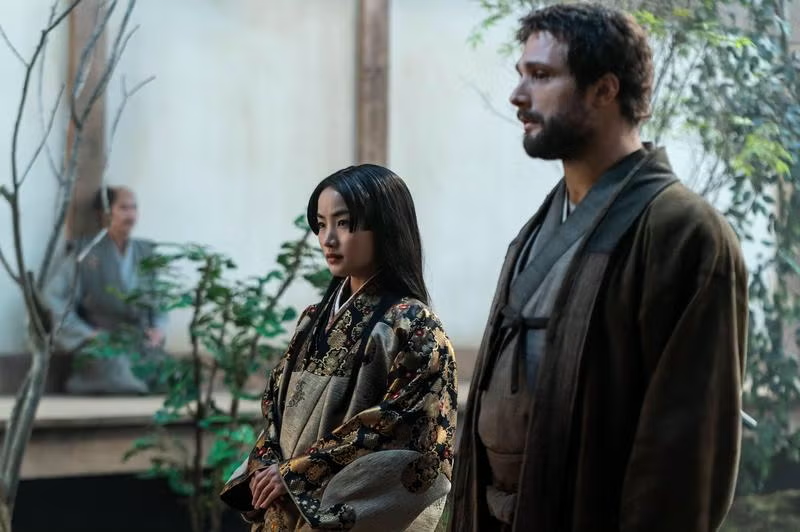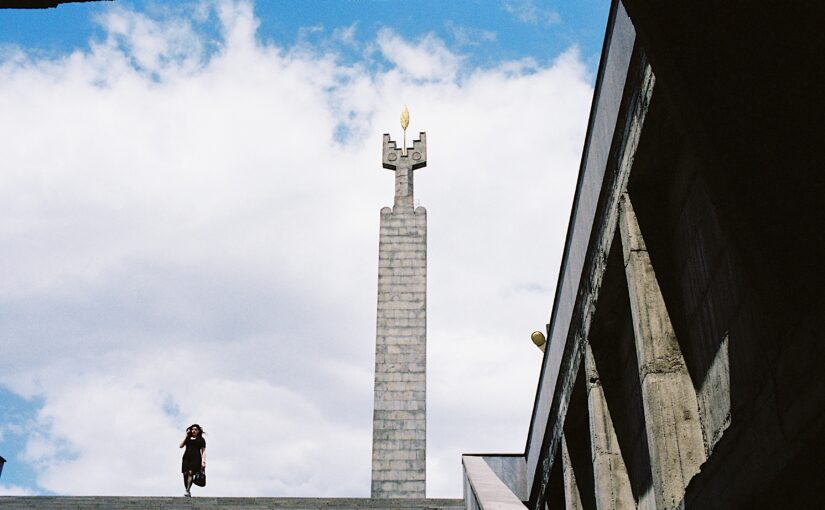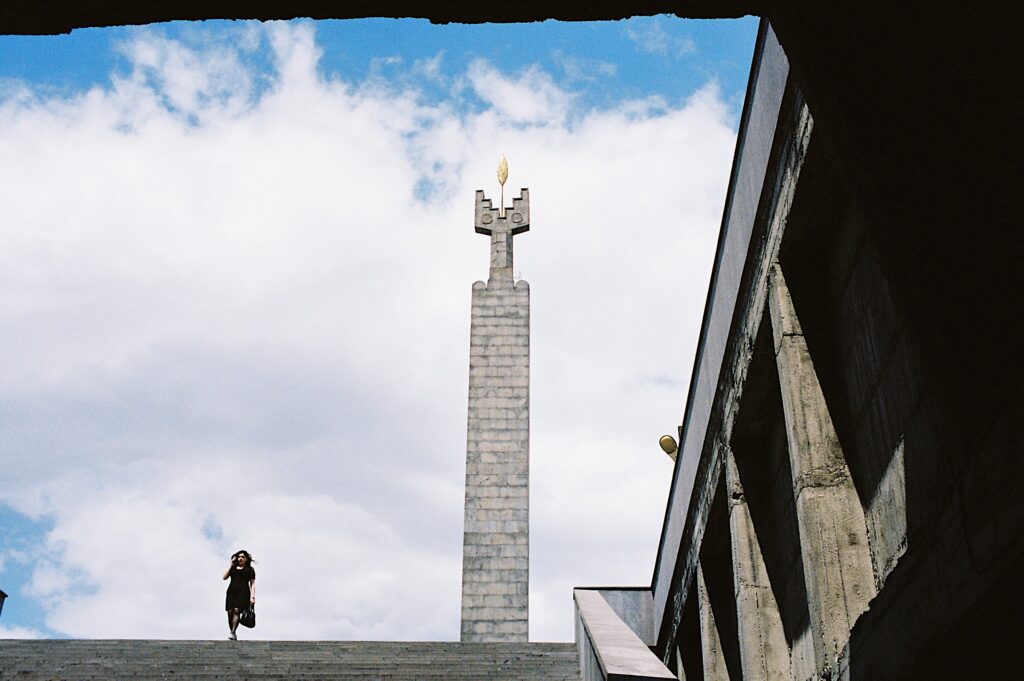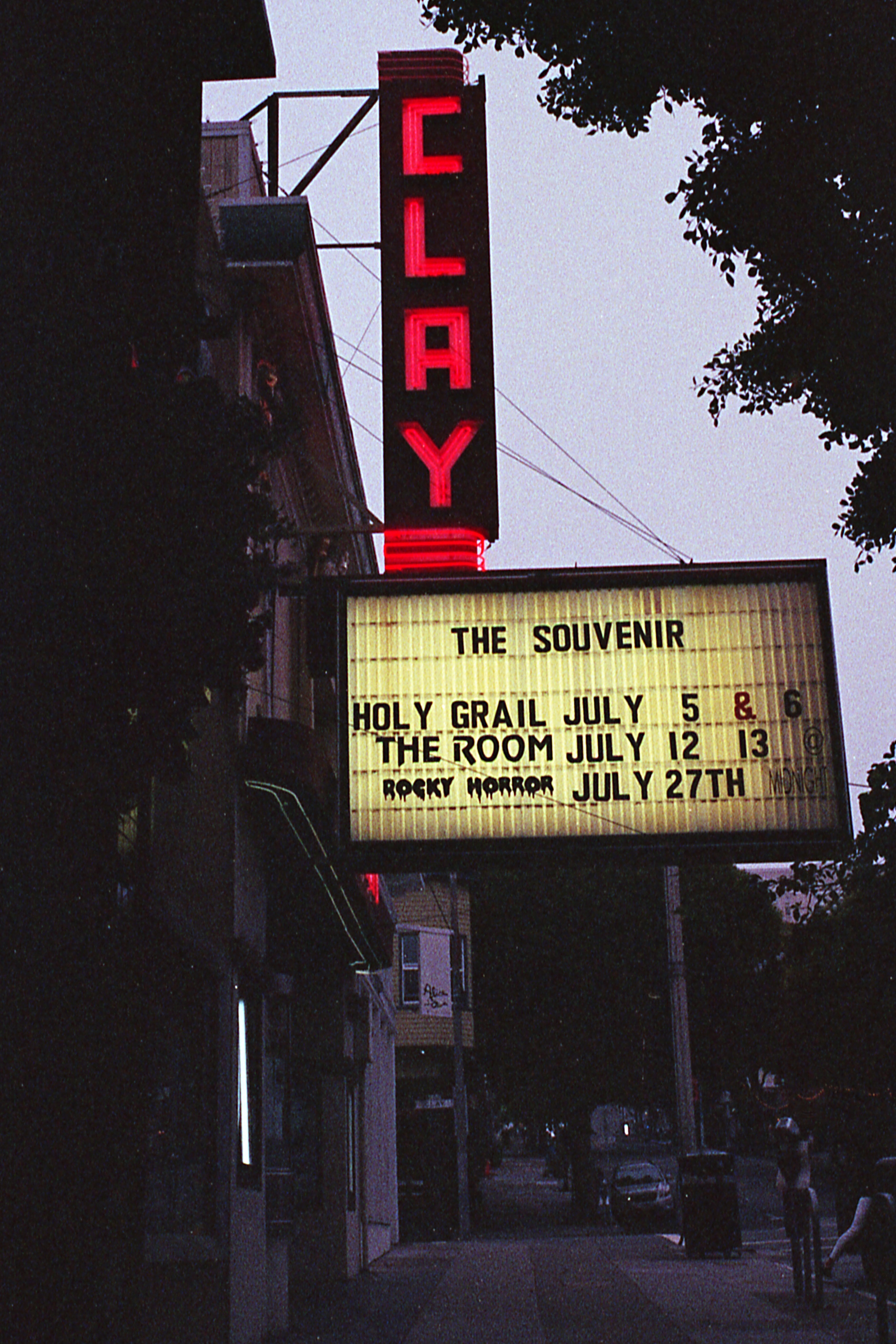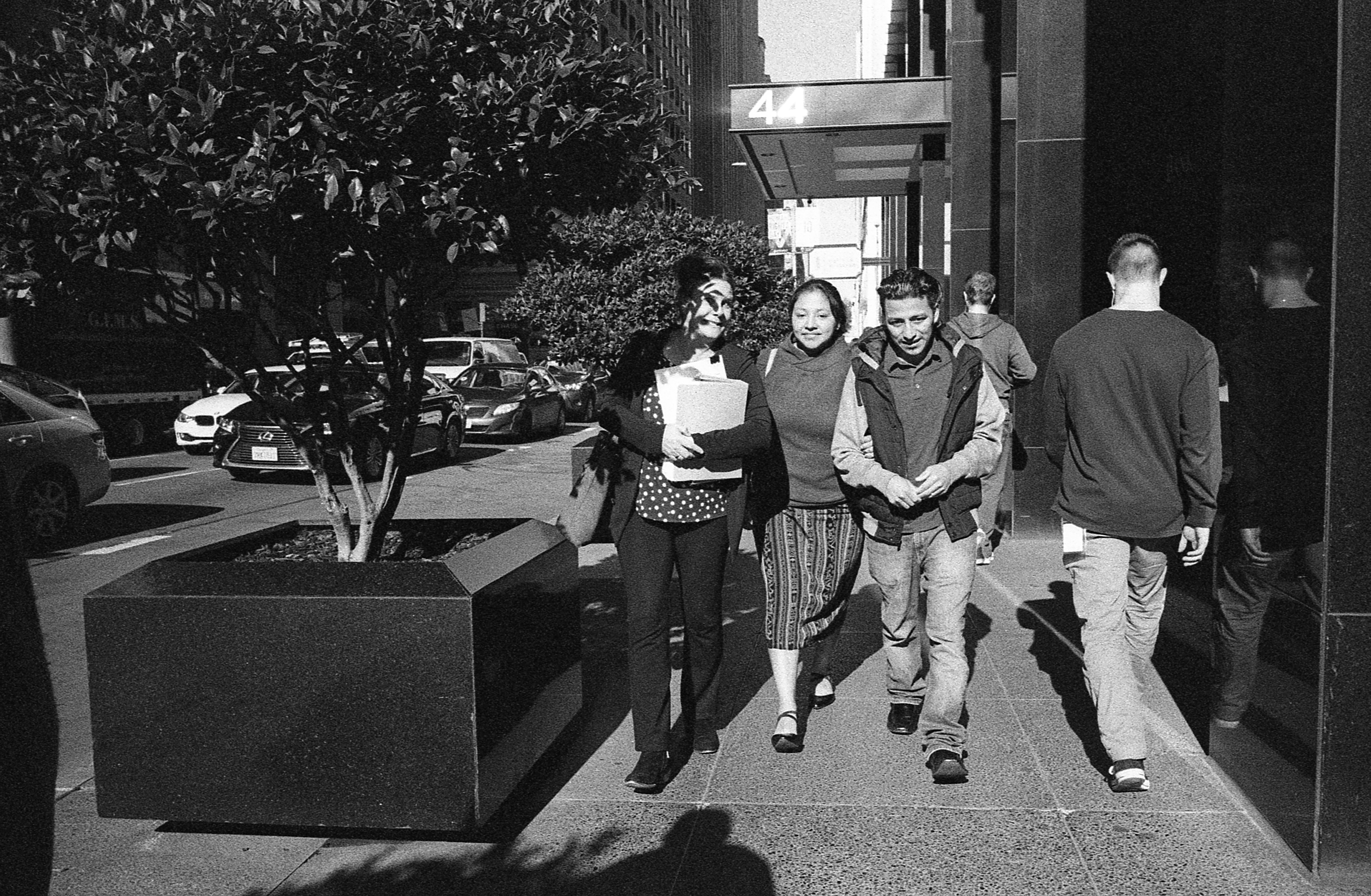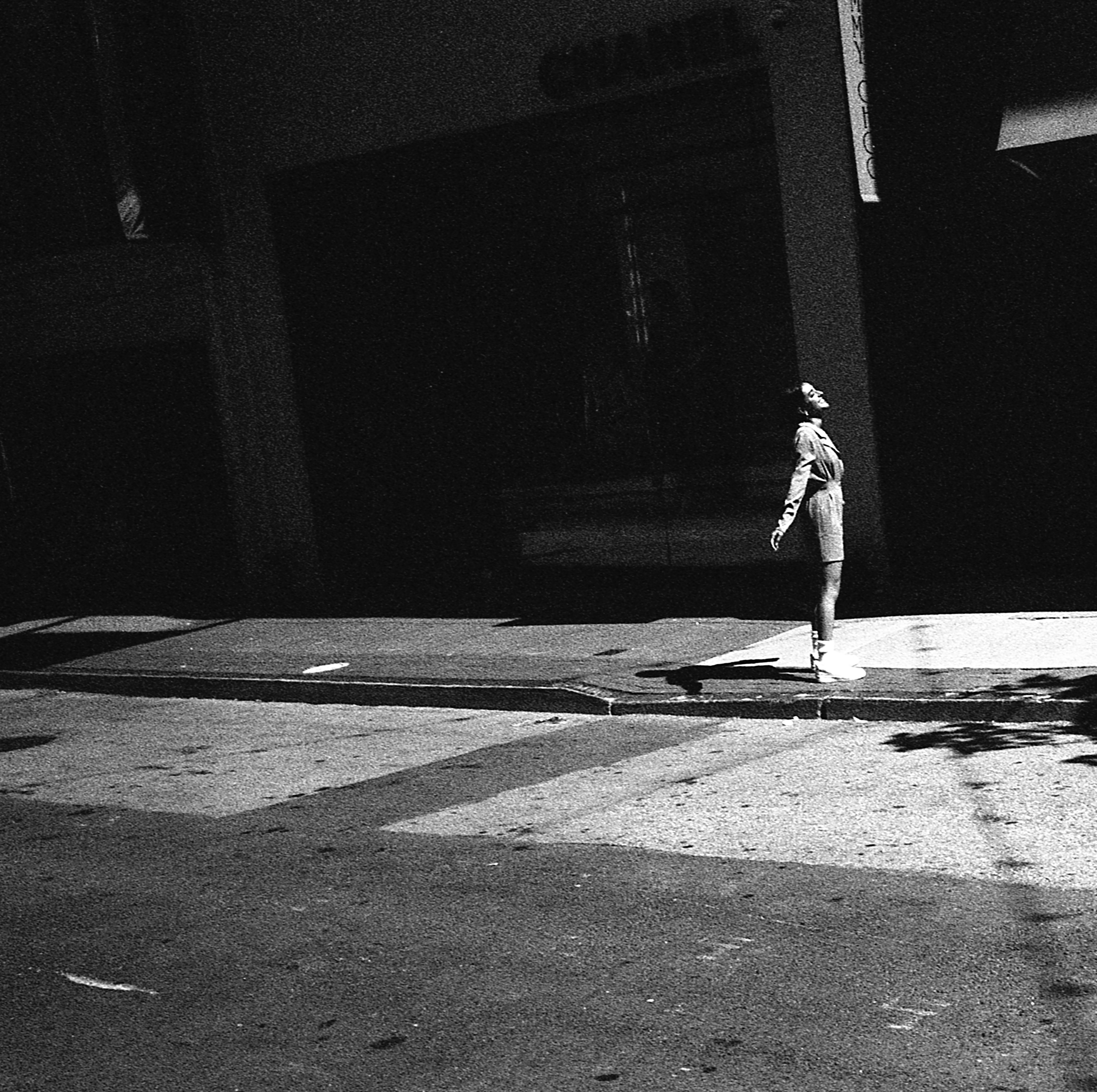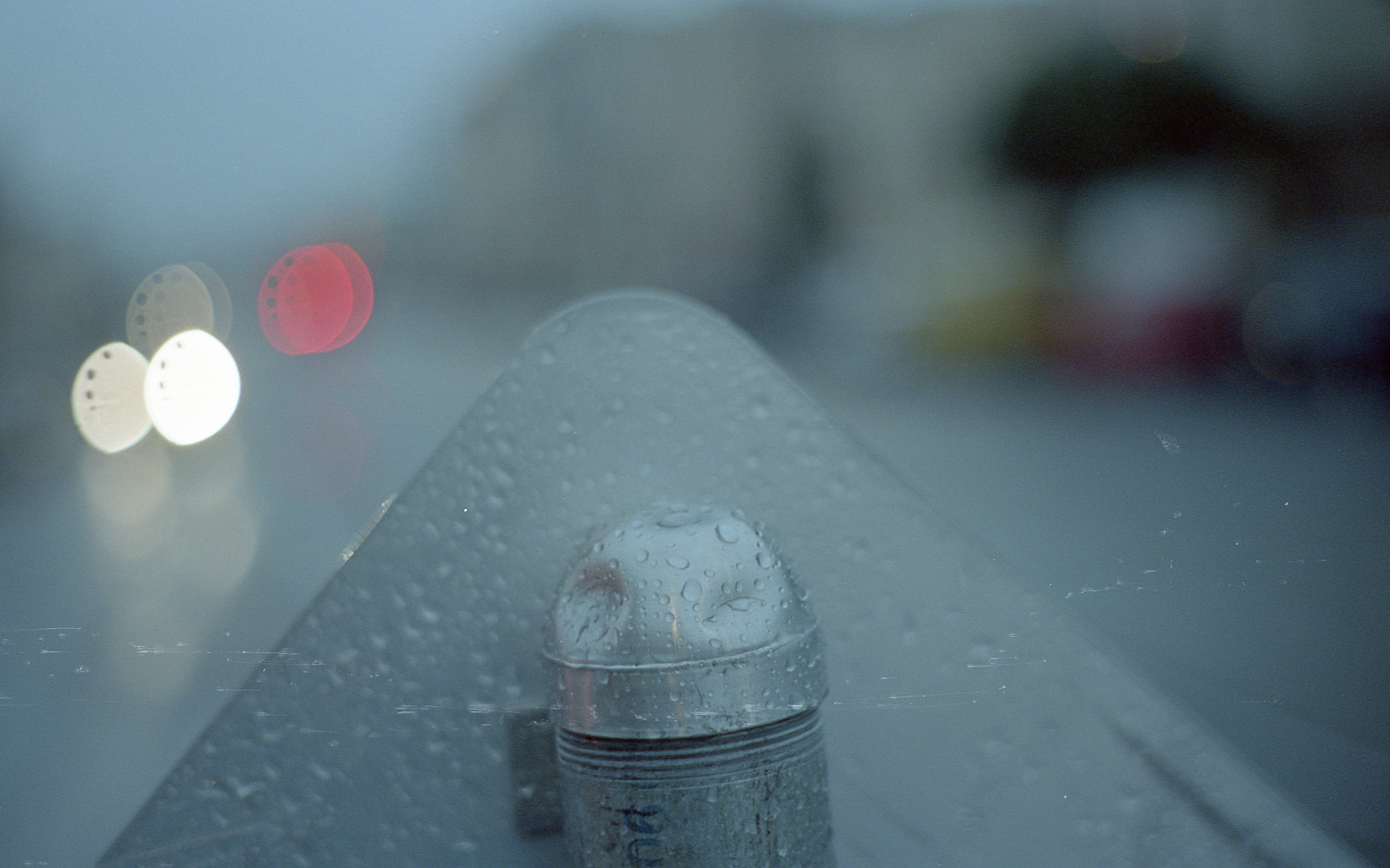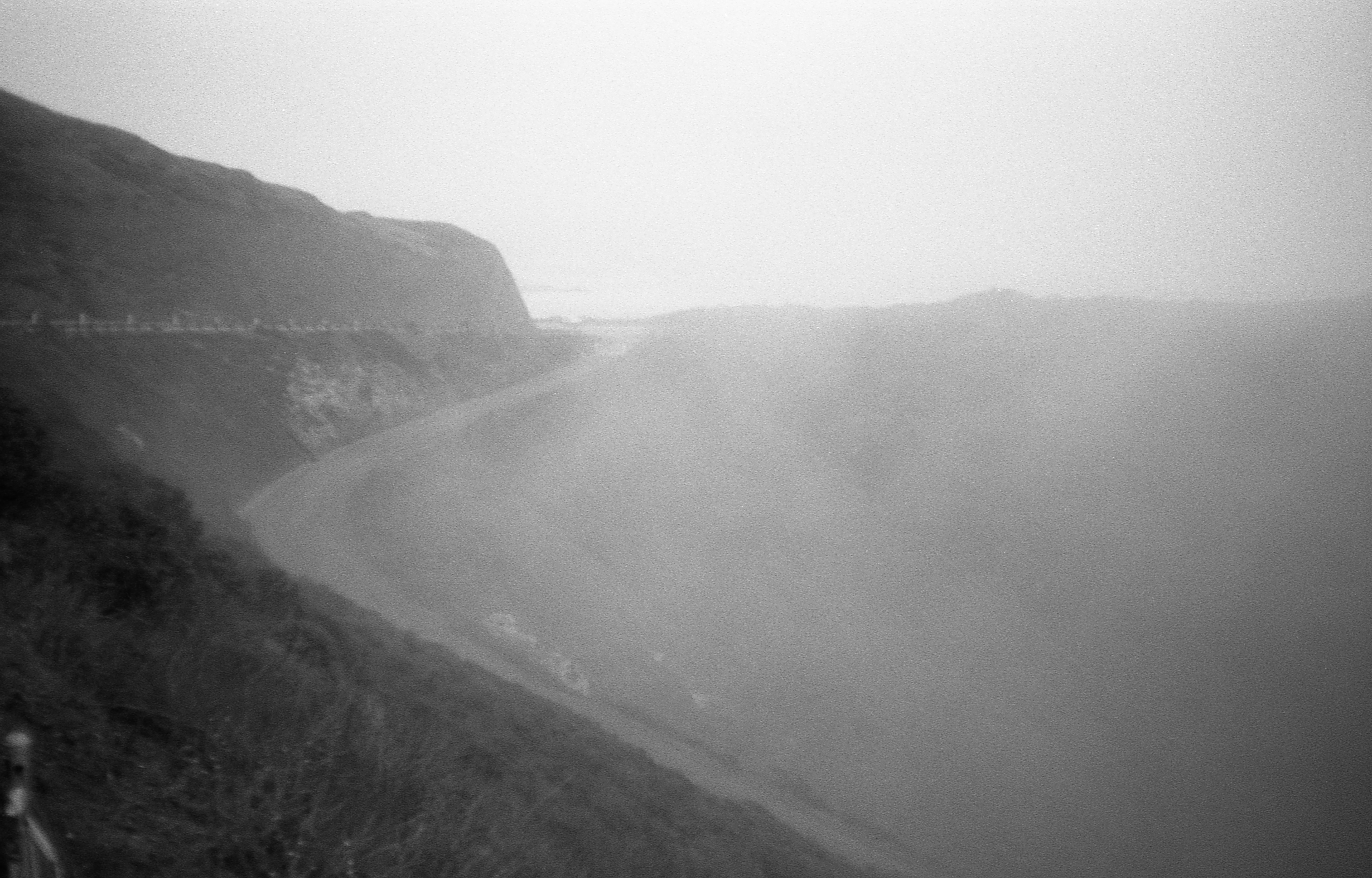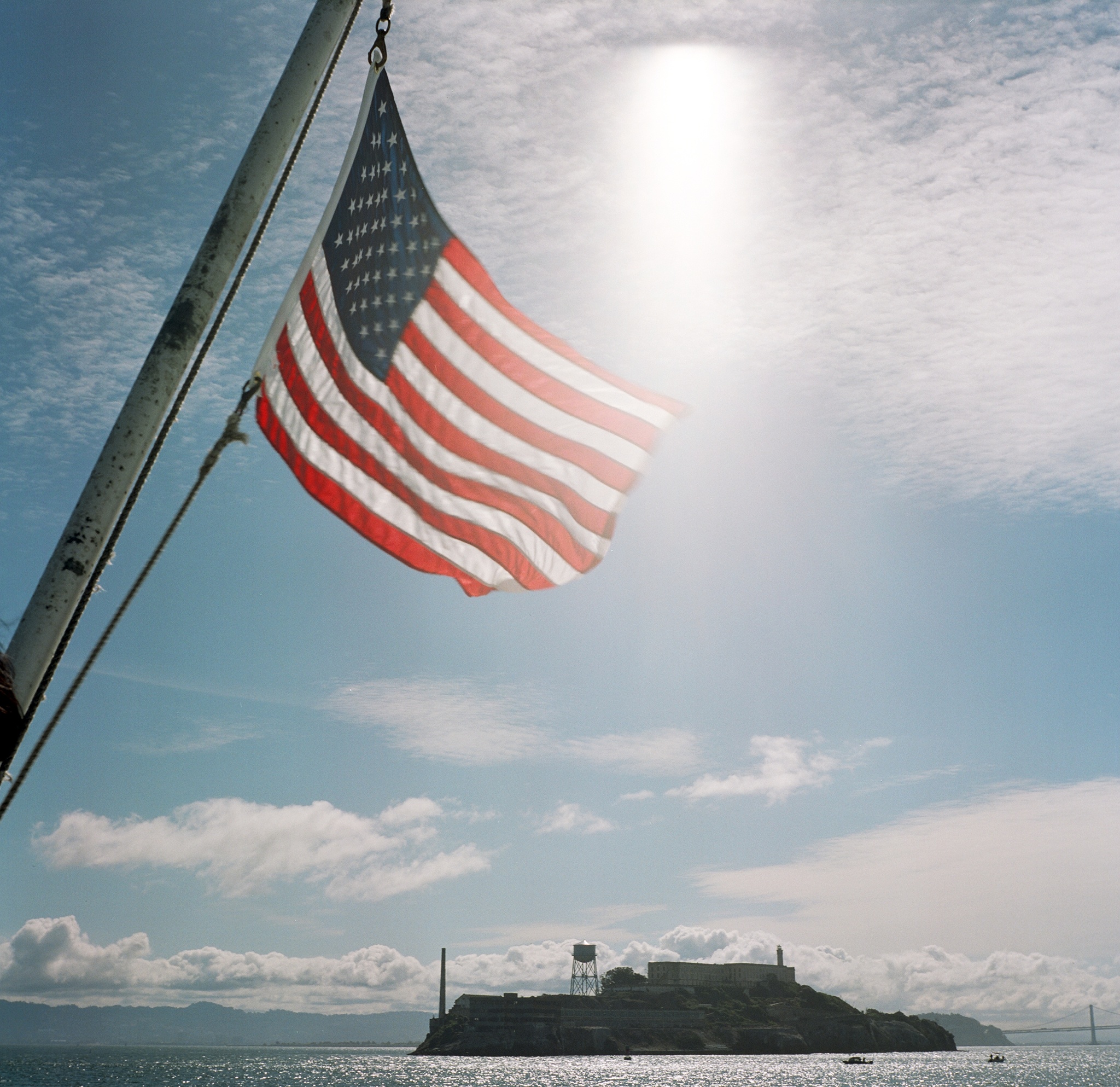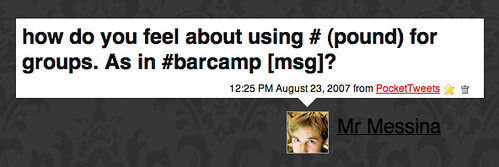NOTE: If you are reading this in May 2017, this was written in January 2017. I now have a decent crew of folks to shoot with, and am not using any marketing on my account anymore.
Instagram punishes users for experimentation unless it’s through its stories. Basically when you create an account the more photos you add, the more locked into an audience and style you get. If you deviate from that style, like I did for two weeks in 2015, you can lose 25% of your followers. The right response to this is to-heck with those followers. A more thought out response is why doesn’t Instagram just send users that would like the change your way?
After experimenting with street photography for two weeks, I went back to the old style of landscapes that I used to post. It’s interesting to note that at this time, Instagram was really freaked out about Snapchat, who rebuffed a $3 billion dollar offer from Facebook. People were posting less and less on Instagram. “It became a place where people kept raising the bar on themselves in terms of the quality of what they had to achieve to post,†says Kevin Weil, Instagram’s head of product, “We didn’t want that.â€
I changed my style because after a nasty fall doing photography in the rain, street photography reflected the broken-ness that I was feeling. I wasn’t only broken physically but broken in other realms of my life. I had and still have a long standing feud with a photo stealer currently running a huge community hub. This person abuses the position and the prestige as a community manager for personal gain – the Donald Trump of the photo world that threatens people that call out photo theft with police action.
Demoralized, I had nowhere to turn. Nobody wanted to shoot with me back in 2015, and it’s 2017 and I still have a ridiculously hard time finding people to shoot with. Maybe I should just isolate myself and focus on my art. Maybe life’s different at 20,000 followers I thought. Maybe it’s worth doing anything I could to get there, and my life would be different?
In August of 2016, I set about learning everything I could about marketing my Instagram account. I found an Instagram knowledge-base of sorts in Liz Dean’s InstaRevealed marketing Facebook group. Instarevealed is just one of many businesses promising account growth, and to be honest, she delivers. You basically are funneled into following their IG account, and join a Facebook group where folks share their success stories on reaching 1k, 5k, 10k followers and up. You can join a “comment pod” which has a bunch of guidelines. Comment pods are for folks like me that got betrayed by their crew, got dropped by other IGers, or never had anybody to shoot with in the first place. They grow your likes by making sure 14 people comment on your post within 15 minutes so that it grows. They are also for the shadiest people I’ve ever met on a social networking app.
Here are the motley types you will find:
1) The diva of awful photographs, who so believes they’re entitled or owed 100,000 followers, and all they shoot are pixelated, blurry photographs of the worst sort. This person will bitch in the group about not getting enough likes or that the algorithm is somehow biased against them. I’ve cursed this person out with, “Why don’t you level up your photography?”
2) The person that you thought grew their following authentically but never did. After reading this article you’ll be able to tell which of your Instagram heroes aren’t heroes at all. You’ll see them saying shots are killer for the 14 or so folks per pod that they are in that have the crappiest photos, or the photos might be decent but their comments’ enthusiasm in no way matches the photo. A photo of Grandma’s Grave will get “Killer shot dude! Lit!”
3) The photo stealer is someone in your pod who just posts photos by other people. The way they explain it is that by using purely viral photos from other people they can grow their account the quickest. This is absolutely true, and it seems Instagram HQ doesn’t care about fixing this except for a broken DMCA process.
4) Real friends. Yeah, this sort of surprised me but I met a bunch of folks that I’d actually want to hang out with.
5) Oh, and there’s me. A person who used to run a San Francisco community account, gave it to a bunch of folks to run, and got back-stabbed by them. This person was bent on some sort of way for getting justice from this but realized their ruined and sad lives were justice enough. Occasionally reporting stolen photos to Instagram and having Instagram take them down is enough.
So comment pods will get you likes, but to grow followers at a rate of 5000 or so a month, you need to do something different. I signed an NDA and so can’t go into what this is. Let’s just say I did this for 6 months, and at 20,000 followers still find myself shooting alone. There’s an automated way of doing this where you can just set it and forget it. There’s the manual way of doing this, where folks will spend 8 or more hours a day blowing up their accounts. It was truly sad seeing people game Instagram for 8 hours a day or more when they could actually just learn a bit of photography, photo editing and web development.
I decided to stop growing my account because I felt, “Hey, this is where I’d probably end up if I did become a suggested user.” I also stopped because lots of folks started spreading the false rumor that I was buying followers. Marketing for follows, and buying them aren’t the same in my book.
What I want to do now has nothing to do with marketing. Instead, I’d rather just go back to using my account the way I used to – posting whatever I want and connecting with whomever I want. Also, I want to focus on creating a photography book. After that, I eventually want to create an app, because owning your own social networking / photography app:
“It’s like a final club. Except we’re president.”
